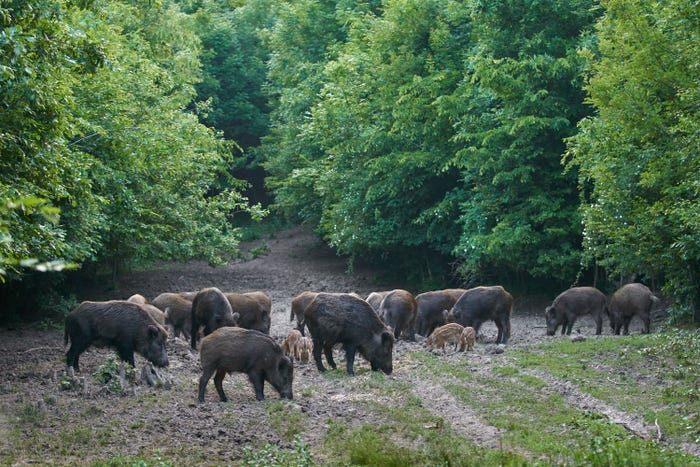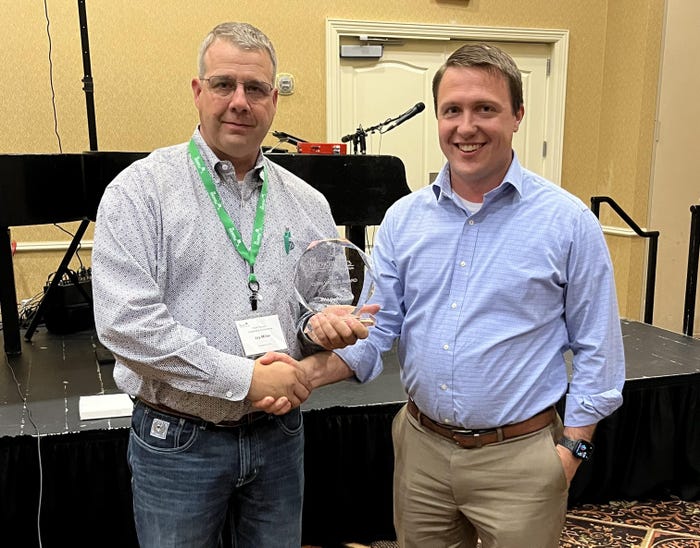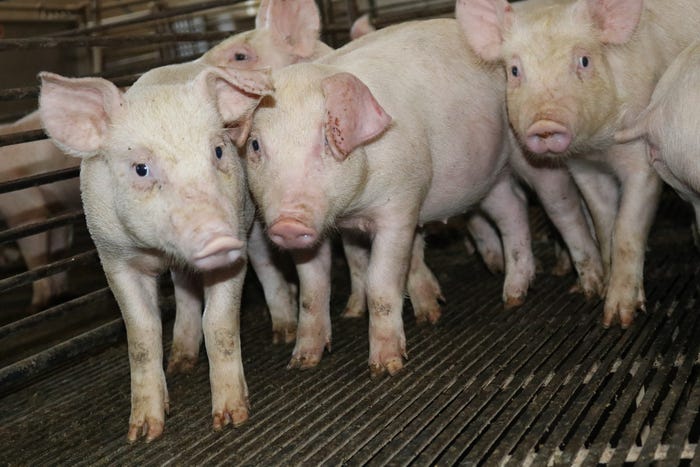Hog Health
thumbnail
Livestock Management
Squeal on Pigs secures additional $2.6 million in fundingSqueal on Pigs secures additional $2.6 million in funding
Proactive measures keep land, livestock safe; protect province’s pork industry.
Subscribe to Our Newsletters
National Hog Farmer is the source for hog production, management and market news














.jpg?width=300&auto=webp&quality=80&disable=upscale)























